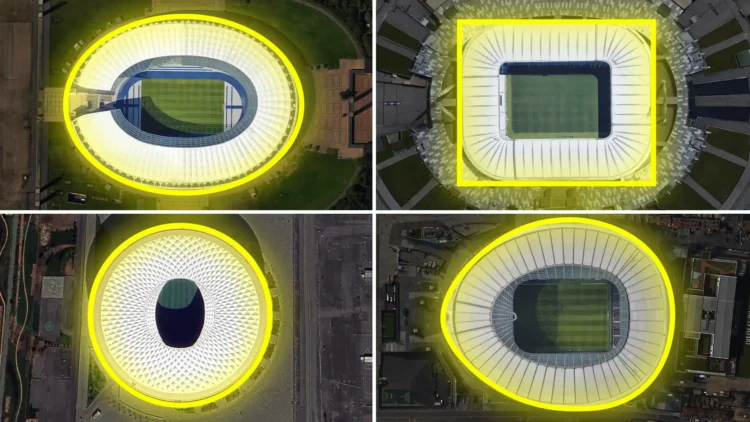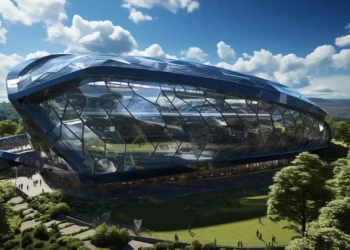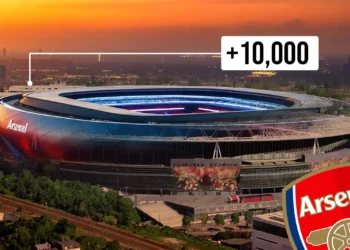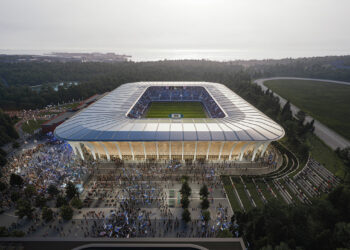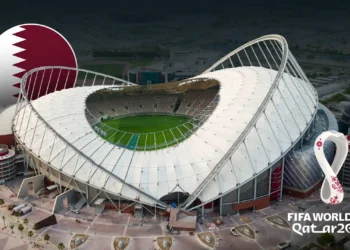Every football fan recognizes the beauty of a stadium — but have you ever wondered why some are oval, others rectangular, or even circular or egg-shaped?
The shape of a stadium isn’t just about design — it defines how fans see the game, how sound travels, and how the entire atmosphere feels inside.
Let’s break down the main stadium shapes and what makes each one special.
🔵 1. Oval Stadiums – The Classic All-Rounder
Examples: Olympic Stadium (Berlin)
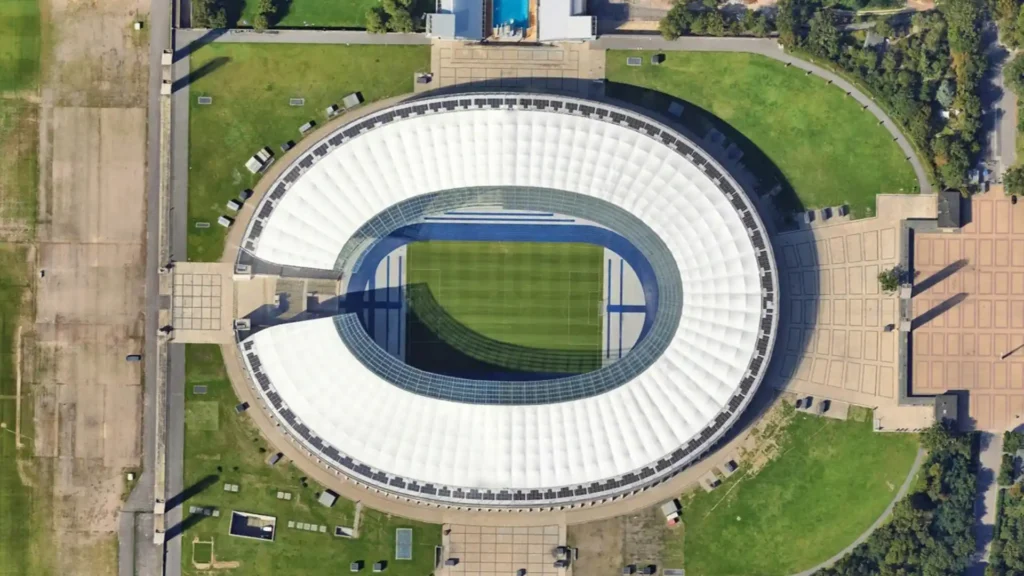
Oval stadiums are the most traditional and versatile design. Originally inspired by running tracks, they allow multi-sport use — football, athletics, concerts, and even rugby.
- ✅ Great for visibility and capacity balance
- ✅ Natural sound flow creates a “bowl” atmosphere
- ❌ The pitch feels slightly distant for football-only events
💡 Perfect for: national arenas or multi-event complexes.
⬛ 2. Rectangular Stadiums – Made for Pure Football
Examples: Allianz Stadium (Turin)
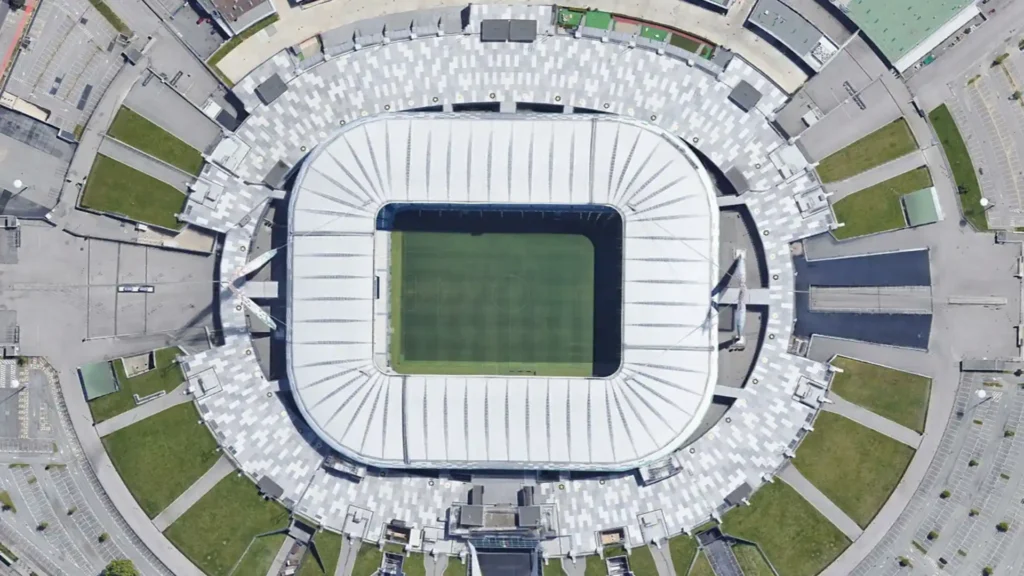
Rectangular designs bring fans as close as possible to the pitch, maximizing intensity and emotion.
They’re built for sports where the action stays within clear sidelines — football, rugby, and American football.
- ✅ Best viewing experience for fans
- ✅ Compact, loud, and full of energy
- ❌ Limited use for athletics or concerts
💡 Perfect for: passionate football cities where atmosphere is everything.
🥚 3. Elliptical or Egg-Shaped Stadiums – Modern Balance
Examples: Stade de France
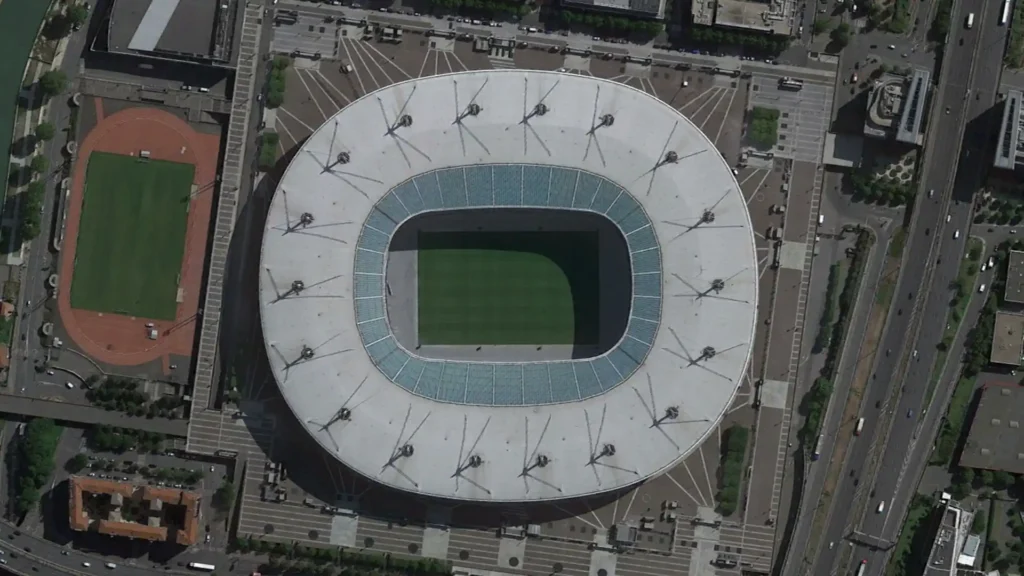
This shape is a modern evolution of the oval — smoother curves that improve acoustics and airflow while keeping fans relatively close.
Architects love it because it allows futuristic aesthetics and flexible capacity planning.
- ✅ Excellent for sound and roof design
- ✅ Futuristic, elegant appearance
- ❌ Complex and expensive to construct
💡 Perfect for: hybrid stadiums mixing beauty and functionality.
⚪ 4. Circular Stadiums – The Monumental Look
Examples: Lusail Stadium (Qatar)
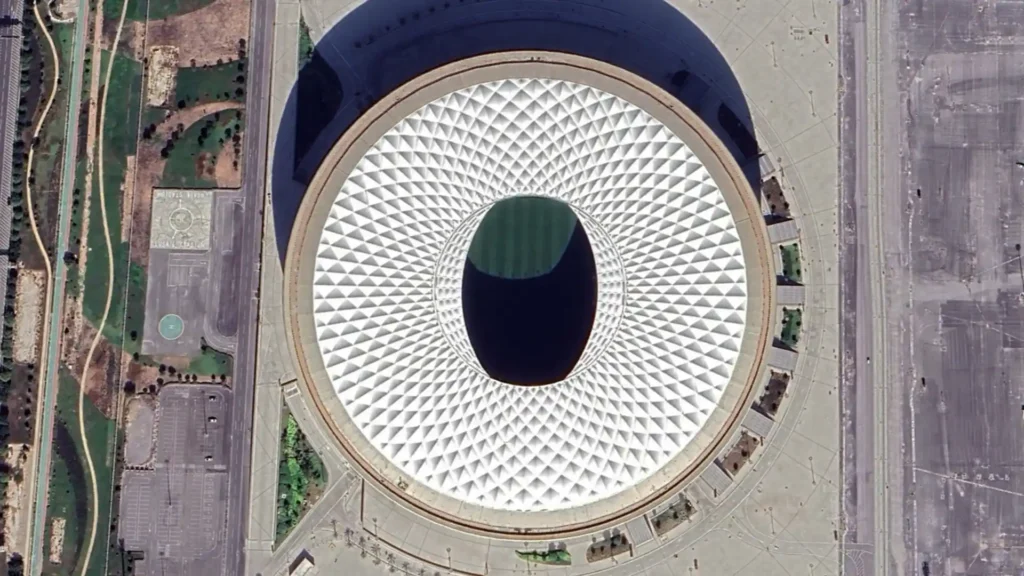
Circular designs give a grand, unified look and often symbolize strength and tradition.
They’re ideal for huge events, as the circular bowl maximizes crowd capacity and symmetry.
- ✅ Massive visual impact
- ✅ Equal distribution of sound and seats
- ❌ Can feel “too large” for smaller matches
💡 Perfect for: iconic, high-capacity national arenas.
🌀 5. Asymmetrical or Irregular Stadiums – The Modern Revolution
Examples: Tottenham Hotspur Stadium
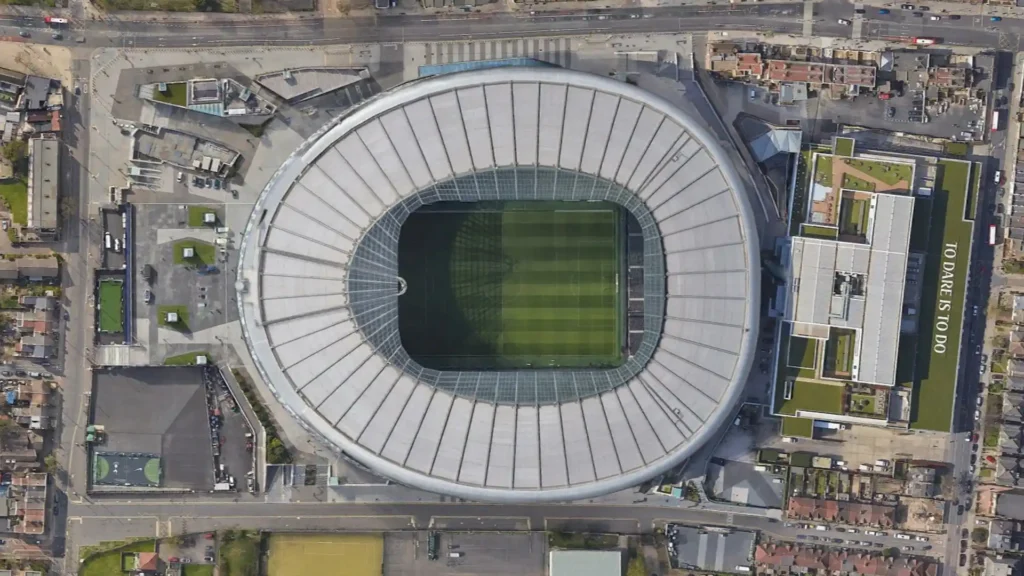
These are the new generation of designs where architects break traditional rules.
Asymmetrical shapes are created for specific purposes — better sun control, acoustics, wind flow, or integration with the city around them.
- ✅ Unique identity and futuristic appearance
- ✅ Custom-tailored performance
- ❌ Extremely complex to build and maintain
💡 Perfect for: clubs that want a distinctive, innovative brand identity.
The shape of a stadium is more than just design — it’s a reflection of its purpose and soul.
Whether oval, rectangular, or something no one’s ever seen before, each form tells a story about the fans, the city, and the vision behind it.
In the end, stadium architecture isn’t only about where we watch football — it’s about how we feel it.

